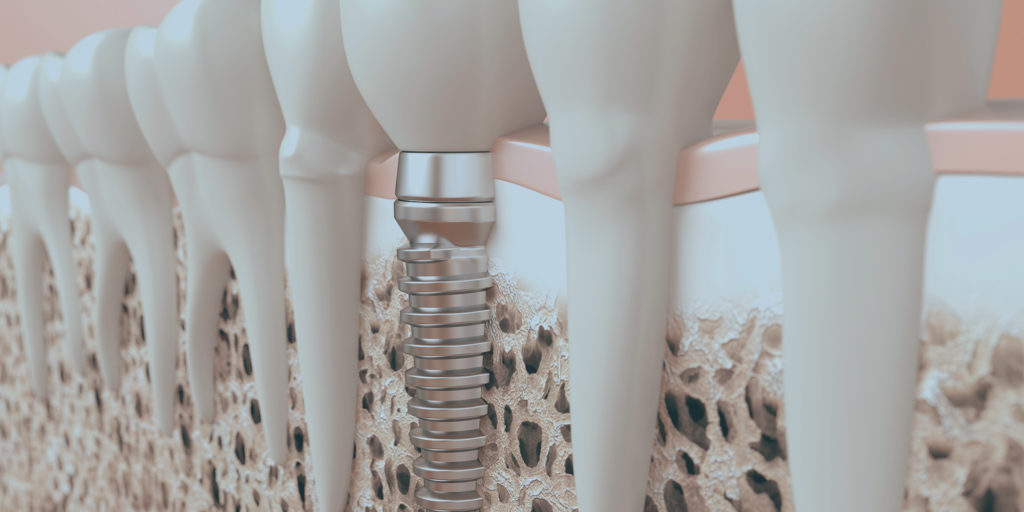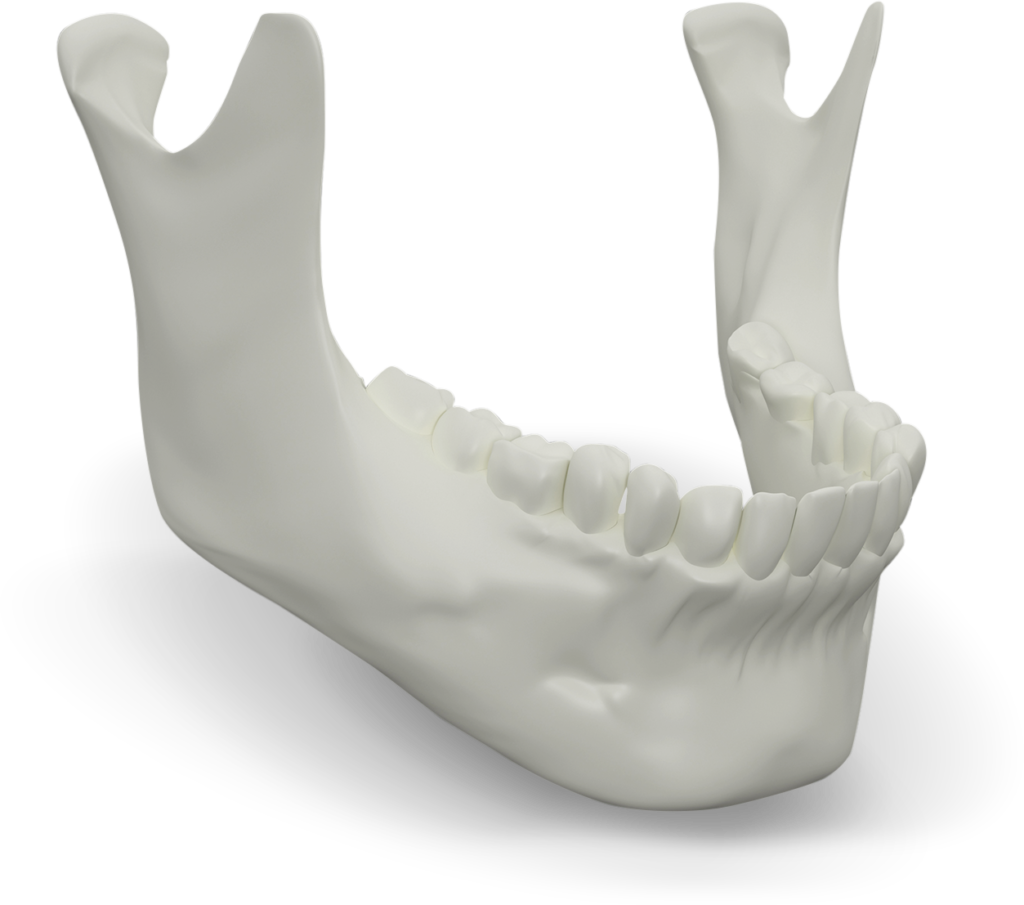
Restores Vital Bone to your Jaw
If you have been missing teeth for some time or have sustained an injury affecting the jaw bone, bone grafting may be necessary before receiving dental implants. Tooth loss has a major effect on the supportive structures of the mouth, including the bone. Without teeth, the jaw bone will resorb and shrink, becoming increasingly thin and weak. For patients with severe bone loss, this can attribute to an aged look and a “sunken-in” appearance as tooth and bone loss also result in a loss of the support system that fills out the cheeks and lips. Bone grafting restores the necessary bone levels in the jaw so that patients can enjoy a wider selection of options for their missing teeth that can restore their smile to youthful beauty.
Just as dental implants are a big focus in our office, so is bone grafting as a critical step in the restorative process. We are extensively trained in bone grafting procedures, all of which are completed conveniently in our St. Charles, IL office, as part of your comprehensive, in-house dental implant care. Our dentist, Dr. Christopher Doran is passionate about oral surgical procedures and has completed an additional year of education and training in oral surgery, including bone grafting techniques, to better serve our patients. With this exceptional care, bone grafting is safe and predictable, building a strong and stable foundation for the long-term success of your dental implants!

What is a bone graft?
The Long-Term Benefits of Bone Grafting
- Slows bone resorption process
- Allows for dental implant placement
- Restores natural jaw bone ridge
- Preserves aesthetic facial shape

Our Predictable Bone Grafting Procedures
- We take bone grafting material from your body or a donor source and place it at the treatment site. To help the graft remain in place during healing, a collagen membrane is placed over the area and the gums sutured back in place. While the area heals, the bone material will integrate with the existing bone, creating a strong ridge that can safely accommodate dental implants.
More than one missing tooth in a row can lead to a weak, thin ridge. A ridge augmentation rebuilds the volume and density of bone to the area. This procedure also restores the natural contours of the jaw ridge after a tooth extraction so that dental implants can be placed.
Tooth loss that occurs in the upper, back portion of the jaw results in bone resorption and sinking of the sinus cavity that leaves no bone height for implants. A sinus lift involves lifting the sinus cavity and placing bone grafting material beneath to rebuild the volume and height of the bone below.
Is bone loss affecting your candidacy for dental implants?
Request your consultation
I understand the information disclosed in this form may be subject to re-disclosure and may no longer be protected by HIPAA privacy regulations and the HITECH Act.
Don't Wait
Schedule your consultation and experience it for yourself.
I understand the information disclosed in this form may be subject to re-disclosure and may no longer be protected by HIPAA privacy regulations and the HITECH Act.

525 Tyler Rd, Suite K
St. Charles, Illinois 60174
New Patients: (630) 324-4644
Current Patients: (630) 584-8444
Dental Marketing by Progressive Dental
